The Annapurna Region is also among other well known trekking sites in Nepal and has continually been among the favorite trekking sites among lovers of the mountains. It is special because it is accessible and has spectacular landscapes as well as cultural richness. Annan, be it a first-time trekker or an experienced mountaineer, the Annapurna Region offers treks of all levels of difficulty.
The area is well accessible but at the same time untouched and untamed, being in the Central Nepal Province in Gandaki Province.
Its core is Annapurna I (8,091m) the 10 th highest peak in the world. With it, there are iconic Machhapuchhre (Fishtail), Dhauligiri, Nilgiri and Hiunchuli, that form a great drama of an amphitheater of mountains.
Deep gorges are created by Kali Gandaki, Marsyangdi and Modi Khola rivers, which create various trekking landscapes.
The largest conservation area in Nepal is the Annapurna Conservation Area which preserves the ecosystems, wildlife and the culture of this land and enhances sustainable tourism.
ABC, which is at 4,130m is positioned in natural amphitheater with spectacular mountainous ranges being the environs, making it be one of the most unbelievable scenes of the Himalayas.
It is a globally renowned hiking trail that goes around the massif, over Thorong La Pass (5,416m), and exhibits spectacular changes in culture and climatic zones.
Poon Hill is a convenient sunrise observation point with panoramic views of Annapurna and Dhauligiri ranges and is located at an altitude of 3,210m.
The Hidden Kingdom as it is also known, has deserts like terrain, Tibetan culture influences, caves, and ancient monasteries.
Tilicho (4,919m) is among the highest lakes in the world whereas the Mardi Himal Trek is an alternative that is less crowded and scenic.
There are the Gurung, Magar, Thakali, Manangi and Tibetan-influenced communities that each have a distinct set of traditions. Tourists also find colorful festivals, hospitable homes and spiritual scenery characterized by monasteries, temples, chortens and prayer flags.
The Upper Mustang, Nar-Phu valley and the Tilicho Lake are difficult hikes which require special permits.
One can ascend Pisang Peak, Tent Peak or Chulu peaks. There is also paragliding, mountain biking and cultural tours in the area.
The Annapurna Conservation Area Project (ACAP) is a project that conserves biodiversity and also sustains the local livelihoods.
Animals found in the area include snow leopards, blue sheep, Himalayan thar, langurs and the colorful Himalayan monal which is the national bird of Nepal.
Trekkers pass the forest of subtropics, rhododendron belts, high places alpine meadows, and wasteland.
The majority of treks are initiated at Pokhara which is a picturesque lakeside town linked with Kathmandu by air or road.
Trailheads are Besisahar (Circuit), Nayapul (ABC) and Kande (Poon Hill). There are also flights between Pokhara and Jomsom as well as Manang.
Large network of lodges will provide food, accommodation, and cultural experience on the key routes.
Hot showers, charging stations, bakeries are present in the major trekking towns.
Camping treks are still necessary in remote places such as Nar-Phu or Upper Mustang.
Thorong La may put one at risk of altitude sickness due to its high elevation and places such as Tilicho Lake. The essential point is to properly acclimatize.
Plans can be derailed by the presence of snow, rain and landslides. Flexibility is crucial.
Trekkers will require ACAP permits, TIMS card and special passes to restricted areas (Upper Mustang, Nar-Phu).
The Annapurna Region is a natural beauty, cultural, and adventure in a trekking heaven that one is bound to remember. It has hikes of any height, such as Poon Hill, to the illustrious Annapurna Circuit. It is so accessible, so rich in biodiversity, and so culturally rich that Annapurna should be a place of visit to every person who wants to experience something real in the Himalayas.
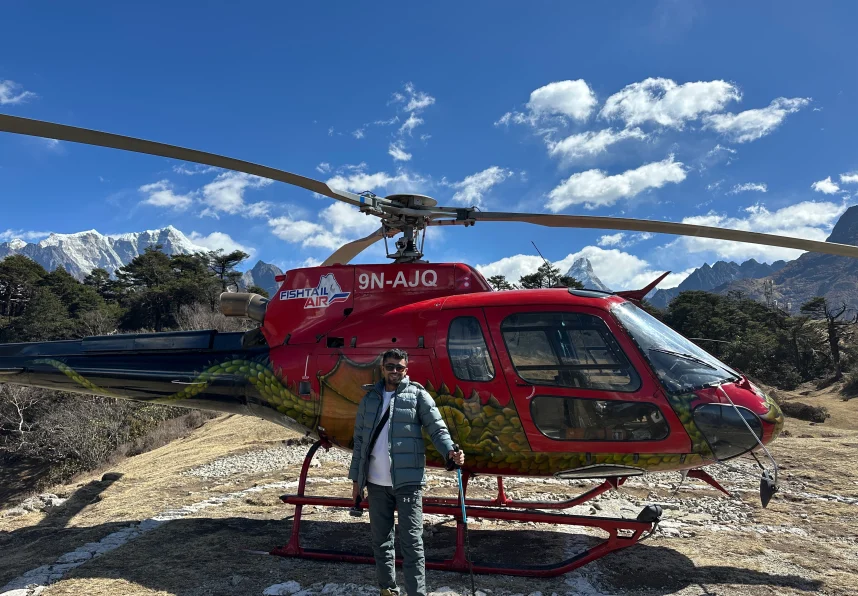
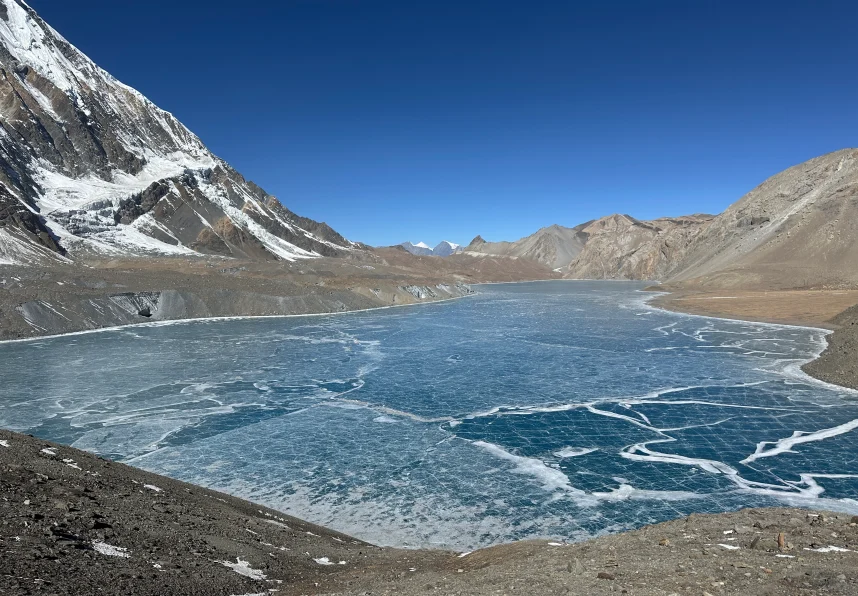
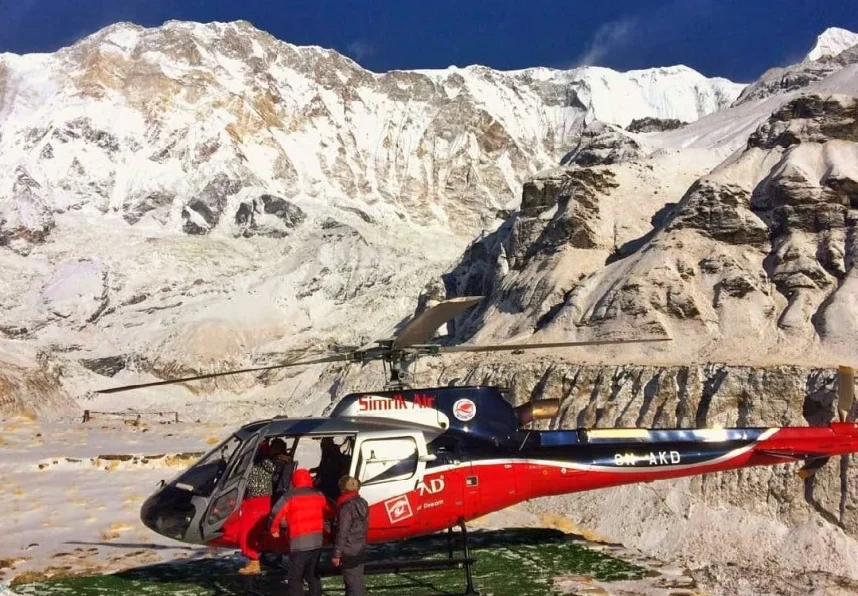
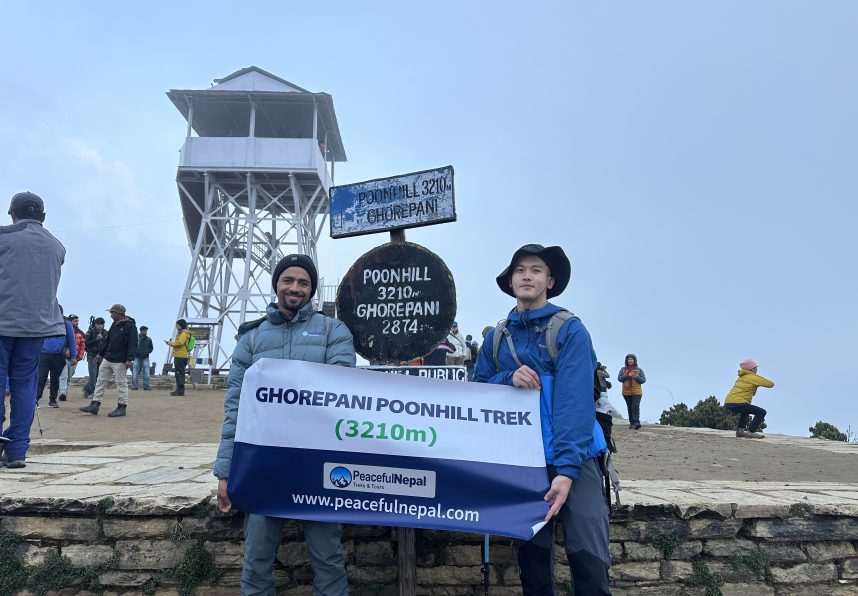
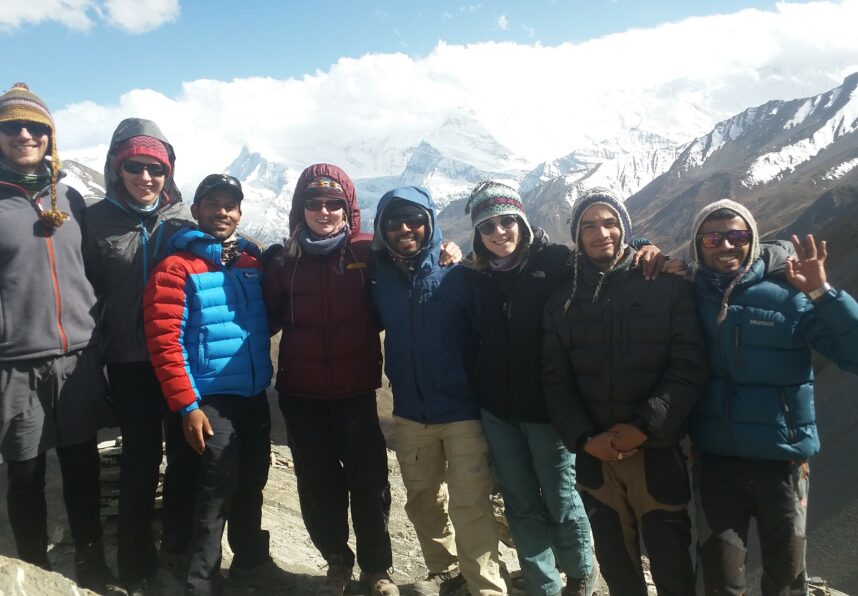






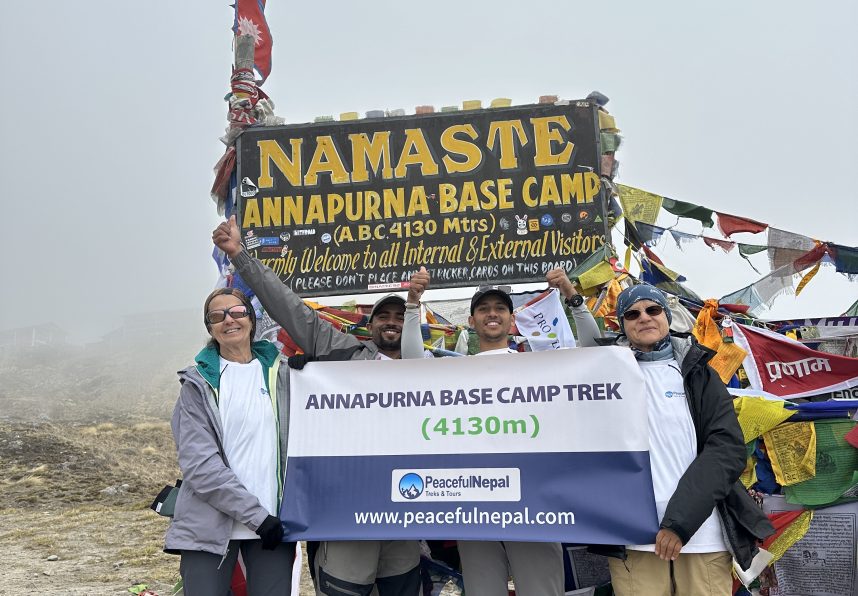

If you are looking for travel in Nepal, Bishnu will help you to make your perfect trip plan. He has been working on this industry for more than 10 years